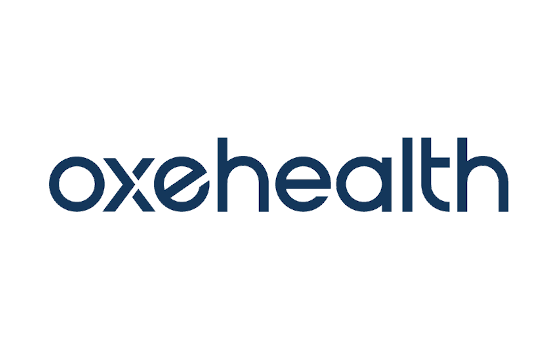 Oxehealth has announced another world first after the US Food and Drug Administration granted a De Novo clearance for its Oxehealth Vital Signs product, which is incorporated into Oxevision, the vision-based patient monitoring and management platform delivered as software as a service.
Oxehealth has announced another world first after the US Food and Drug Administration granted a De Novo clearance for its Oxehealth Vital Signs product, which is incorporated into Oxevision, the vision-based patient monitoring and management platform delivered as software as a service.
The grant means Oxehealth can place Oxevision on the market in all US states, where it will focus on deployment into skilled nursing facilities ("SNFs"). There are more than 15,500 SNFs across the US, that care for more than 1.35 million people who do not need to be in hospital.
Oxevision, which is delivered as part of the Oxehealth Service, has been shown to help clinicians within UK and European healthcare organisations to improve the safety, quality and efficiency of their care.
Chief executive Hugh Lloyd-Jukes said: “Oxehealth secured a world first accreditation for its technology when it obtained European medical device certification two years ago.
"It is a tribute to the hard work of our development teams and our clinical research partners that our Vital Signs technology has now been cleared by the FDA in another world first that has created an entirely new category of medical solution: vision-based patient monitoring and management.
"This is an exceptional achievement for Oxehealth, and we are excited that we can now begin partnering with clinicians and the leadership teams of healthcare providers in America to enable them to deliver safer, higher quality and more cost-efficient care."
Oxehealth was founded by the former Dean of Engineering at the University of Oxford, Professor Lionel Tarassenko, in 2012, with the aim of creating a system for the measurement of pulse and breathing rate without the need to attach a device or wires to a patient’s skin.
Oxevision delivers on that ambition. It enables staff to intervene to prevent incidents such as falls and assaults by alerting them to early warning signs; to take accurate visual and vital sign nursing observations without disturbing patients; and to improve care planning by accessing activity reports and reviewing incidents.
Hugh Lloyd Jukes added: “Our evidence demonstrates that deploying the Oxehealth Service leads to an immediate step change in care outcomes and staff and patient experience.
"As significantly, our partners see year on year continuous improvement in their service, with staff making use of the time saved and insights received, to plan care and develop more efficient and effective ways of working.
"That means that, unlike conventional remote patient monitoring devices, such as bed mats, falls monitors or wearables, the Oxehealth Service delivers on the promise of minimising patient harm, maximising patient recovery, and making it possible to reconfigure patient pathways."
In addition to its focus on serving US SNFs, Oxehealth will make Oxevision available to the wide range of provider organisations that have already benefited in the UK and Europe, including: assisted living facilities, general hospitals, behavioral health providers and custodial care settings.
Oxehealth conducted a clinical trial of its technology to support FDA's decision to grant the De Novo, involving participants demographically matched to the US population. The study used reference measurements of pulse rate and breathing rate from an FDA cleared contact device, and again proved that Oxehealth’s contact-free device is accurate to within +/- three beats per minute for pulse rate (the benchmark standard for contact pulse oximeters) and +/- two breaths per minute for estimated breathing rate (chest wall movements).
Oxehealth continues to invest heavily in R&D through the Oxehealth Clinical Research Forum.
About Oxehealth
Oxehealth is a global leader in vision-based patient monitoring and management. We help clinicians to deliver safer, higher quality and more cost-efficient care.Our Oxevision platform enables staff both to plan patient care and to intervene proactively to help patients. Unlike conventional remote patient monitoring companies, Oxevision includes a contact-free optical sensor which detects patient vital signs and behavior and delivers a secure on demand video feed.
Oxevision provides staff with a wider range of clinically validated early warning signs and risk factors than any competing technology plus the ability to check the patient visually before choosing their intervention.
Our Oxehealth Service supports customers to deploy the Oxevision platform and to use it to create proactive, data-enabled systems of care that deliver not only a step change on deploying the system but also year on year continuous improvement in safety, quality and cost efficiency.
The Oxehealth Service is relied on by one in three English behavioral healthcare providers as well as leading acute hospitals, care homes, skilled nursing facilities, prisons and police forces in the UK and Europe.